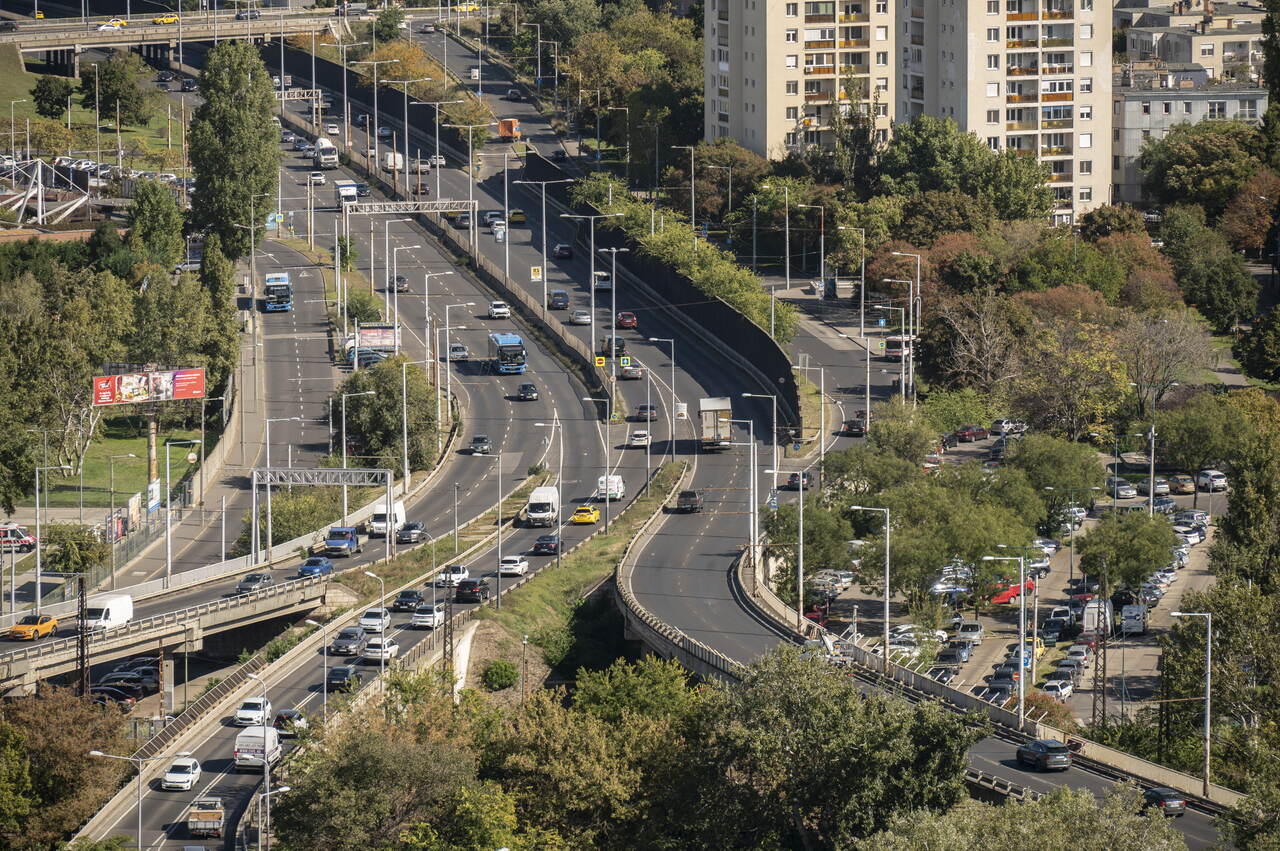Hungary opens emergency lanes to revolutionise motorway traffic

Hungary’s motorway network is set for a major upgrade with the introduction of intelligent emergency lane systems (ITS) on key routes, starting with the M1 motorway. This innovative approach aims to alleviate traffic congestion, reduce emissions, and improve road safety, marking a significant shift in the country’s transportation infrastructure strategy.
Project scope and implementation
As we reported earlier, construction on the M1 motorway will begin on 1 September 2025, focusing on expanding the road surface and integrating ITS-equipped emergency lanes between the M0 junction and the Concó rest area. These lanes will function as temporary traffic lanes during peak hours or emergencies, dynamically opening based on real-time traffic conditions. Each lane will match standard traffic lanes in width (3.75 meters), effectively creating a 2×4 lane configuration during high-demand periods, Index writes.

The system will later extend to the M3 and M7 motorways, with the National Motorway Management Company (MKIF Plc.) overseeing implementation. Detailed traffic management plans, including enforcement protocols, will be published after regulatory approvals.
Benefits and challenges
Advantages:
- Increased capacity: The ITS system boosts traffic flow, shortening travel times and reducing congestion.
- Environmental impact: Lower idling times translate to reduced local emissions.
- Safety improvements: Fewer accidents are anticipated due to better traffic distribution.
Drawbacks:
- Driver confusion: As seen in the U.S. and Germany, motorists often struggle to determine when emergency lanes are open for use.
- System limitations: The lanes become inactive during accidents or vehicle breakdowns, limiting their reliability.
Broader infrastructure timeline
According to Nyugat.hu, the M1 upgrades are part of a larger infrastructure plan stretching to 2029. Key phases include:
- M0–Bicske section: Completion by 31 August 2028.
- M7 expansion: Starting in 2027.
- M200/M8 construction: A new route from Komárom to Kecskemét via Székesfehérvár and Sárbogárd, launching in 2028.
International context
Hungary’s ITS adoption follows trends in Germany and the U.S., where similar systems have seen mixed success. While they enhance capacity, public awareness campaigns are critical to ensure drivers understand lane usage rules.
Read also:







